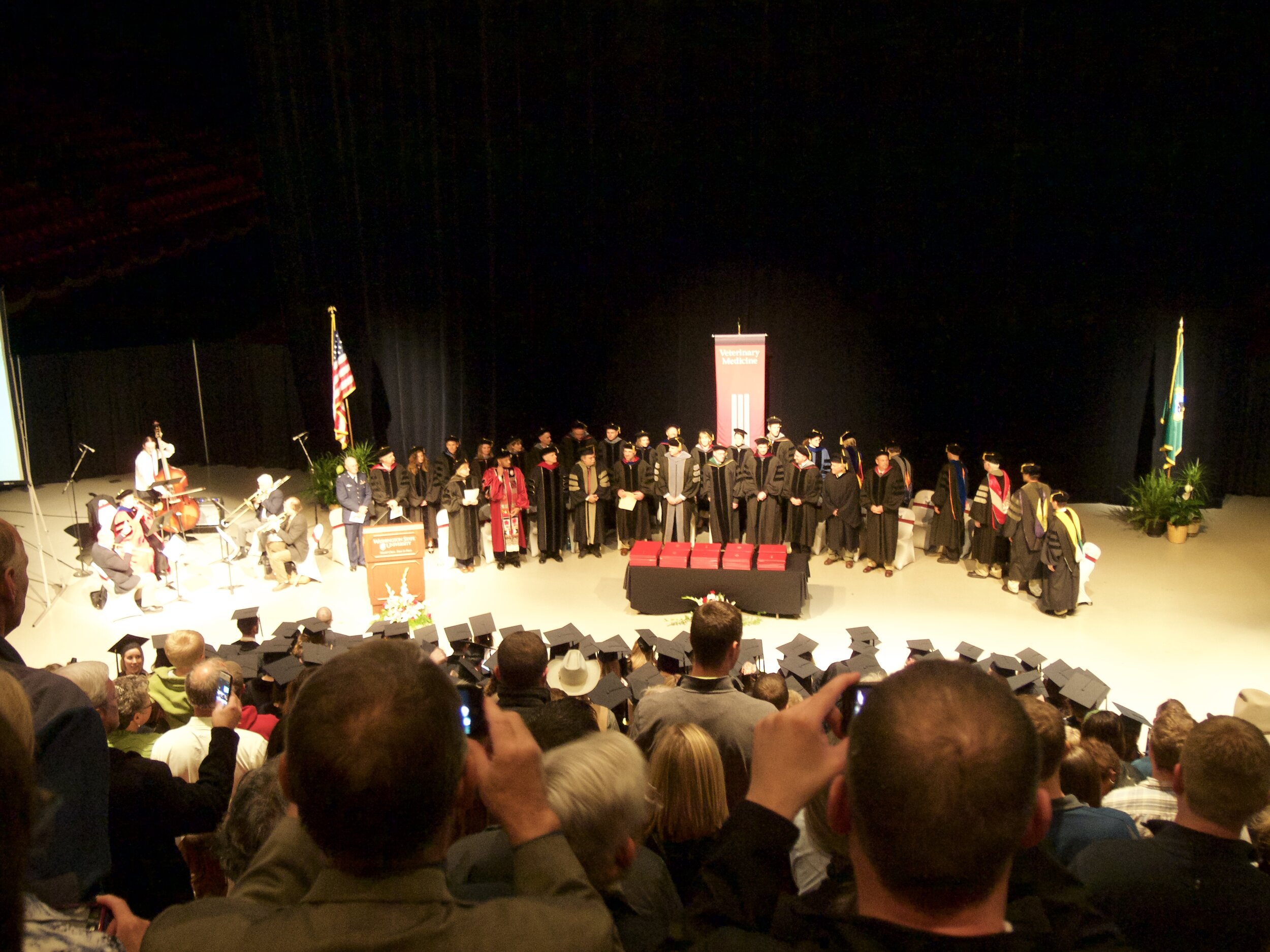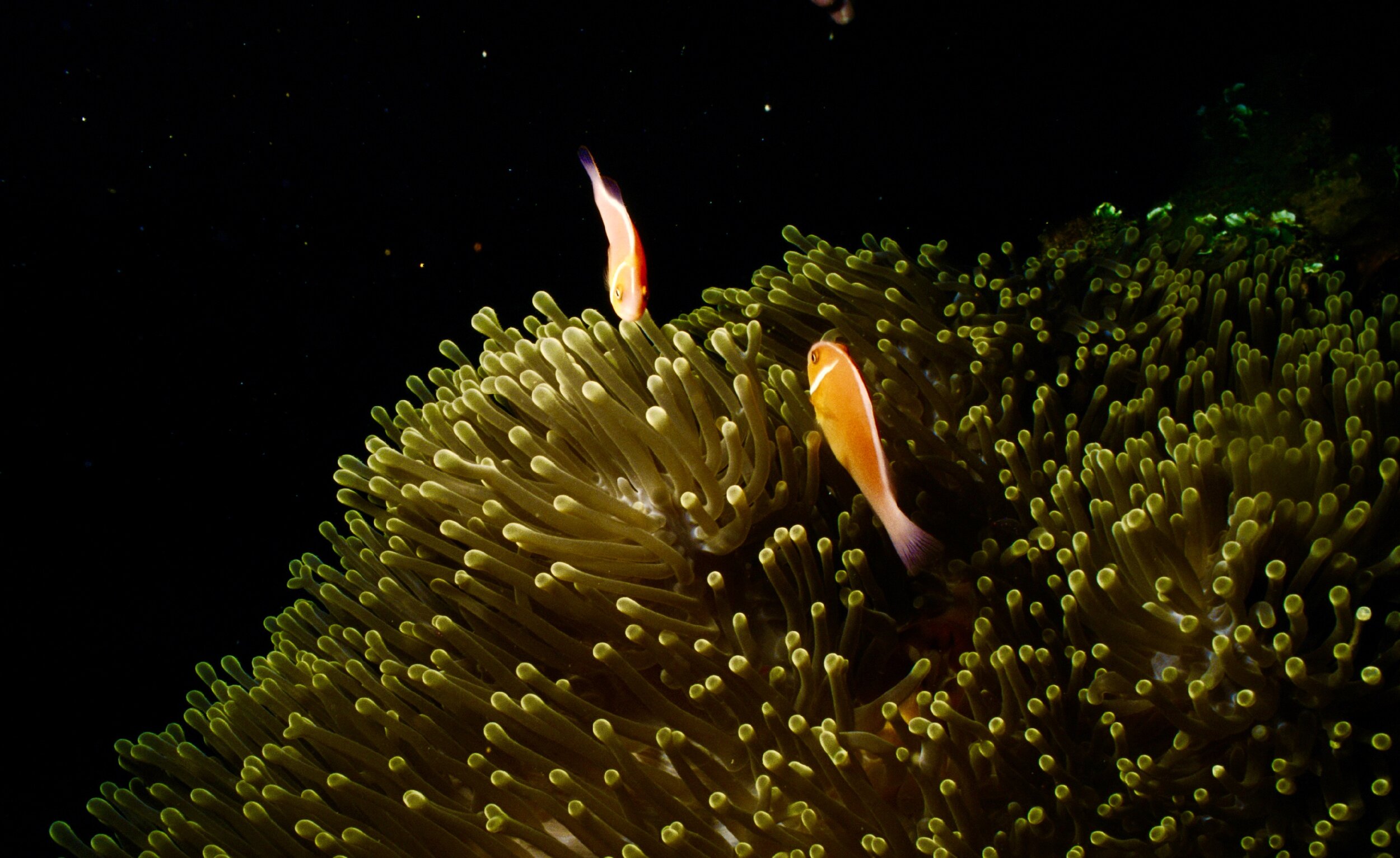Expectations were very low going into the just-adjourned climate conference called COP28. If ever there was a ‘home field advantage’ for the fossil fuel industry, this year’s COP served as a poster child. It was held in the United Arab Emirates; the conference president Sultan al-Jaber heads the state-held oil company and had publicly dismissed the link between burning fossil fuels and climate change; more than two thousand coal, oil and gas lobbyists were awarded credentials to attend. Yet as the gavel fell on the closing session December 13th, even skeptical observers say the results defy belief..
Closing session of COP28 in Dubai
A Sea Change
COP28 is now being called ‘the Name and Shame’ conference. It is the first such gathering to explicitly ‘name’ the use of fossil fuels as the cause of climate change and to ‘shame’ that use for the growing damage documented yearly on this planet. Analysts say the phase out of fossil fuels is no longer a matter of ‘if,’ but ‘when’-that fossil fuels now effectively have an expiration date. It is recognition of and response to what scientists have increasingly documented in peer-reviewed research for the past half century. This conference follows the hottest twelve months in this planet’s recorded history; a history that extends far beyond written observations to 125,000 years into the past, emerging through scientifically documented analysis of ice cores, deep ocean sediments and fossilized tree rings.. Scientists point out that the warm temperatures during that age developed slowly over a millennium or more, not over the short space of a few decades.
Researchers at the policy-neutral group Climate Central recently published a study of this record heat using the accepted statistical method called attribution science. (Disclosure: I served on the Climate Central advisory council roughly a decade ago). Their research indicated this heat was at least three times more likely now than before the Industrial Revolution because of human caused climate change. The Climate Central scientists calculated that nine of ten people on this planet, more than seven billion humans, endured at least ten days of such extreme heat, and that nearly three of every four people, roughly six billion, experienced it for at least thirty days.
Moving the COP delegates to recognize and reflect that reality in their conference-closing consensus agreement required several ‘all-nighter’ negotiating sessions; necessary to move past obstruction tactics of the oil cartel OPEC, particularly Saudi Arabia and Russia. Each had attempted to steer discussions and document language away from sources of emissions and their impacts, and toward adaptations.
Key Advances
An early surprise that suggested COP28 might provide recognizable action was the global methane pledge. 150 nations committed to a thirty percent reduction in methane emissions from human activities by the end of this decade. The agreement includes international monitoring and enforcement efforts. Although methane lacks the persistence of carbon dioxide in the atmosphere, it is up to eighty times more potent. Reductions in industrial methane release could reduce methane heating of the atmosphere by twenty five percent.
The 198 participating nations also agreed to ‘transition away’ from fossil fuels to reach net-zero emissions by 2050. This language marks the first explicit mention of fossil fuels since COP meetings were first held in Berlin in 1995. At this point, the call isn’t binding and there are loopholes large enough in which to fit a supertanker. But the agreement reached is likely to increasingly steer investment and development dollars away from fossil fuels toward renewables.
Representatives agreed to triple renewable energy capacity and double energy efficiency globally by 2030. There was also the stated recognition that wealthier nations with the greatest responsibility for global warming will be expected to pay more than poorer nations.
Wealthy countries also pledged specific contributions to what’s called a loss and damage fund designed to help more vulnerable nations. The creation of this fund represents the culmination of a thirty year effort by low and middle income countries who have done little to contribute to climate change but are suffering from its effects. One example is Bangladesh, which has seen up to a quarter of the country covered by flood waters.
Disappointments
Although the global methane pledge was an undeniable step forward with perceptible benefits, it was not signed by three major emitters of the gas-China, Russia or Venezuela. It is worth noting the US and China recently signed a separate pact to sufficiently increase their renewable energy capacity to potentially replace fossil fuels. China also agreed to set reduction targets for all greenhouse gases, including methane.
The Methane Pledge notably does not include the biggest contributor-the food we eat. One component, animals raised for food, account for thirty two percent of human-driven methane. And any reductions of industrial methane are at least partially offset by the increasing natural release of the gase in a warming climate-thawing permafrost is just one example of such ‘planetary indigestion’.
Third world nations, especially island nations facing obliteration by rising sea levels, wanted a stronger call to phase out fossil fuels, not merely a transition, with a speedier commitment to reaching net zero.
Both China and India are left free to continue coal extraction. Saudi Arabia, just hours after COP28 was adjourned, stated the agreement would not affect their production of crude oil, a move criticized as effectively ‘thumbing its nose’ at the rest of the participating nations.
Although wealthy nations attending COP28 did commit specific funding to the loss and damage fund for poorer nations, analysts called it ‘a drop in the bucket’. The projected need is four trillion dollars; the amount committed, just $700 million. That’s less than one percent of the target. The United Arab Emirates and Germany both committed one hundred million dollars, but the United States pledged just seventeen million. To place that in context, that contribution is approximately half of the annual compensation of ExxonMobil’s CEO, DW Woods. Participants called the U.S. contribution a ‘slap in the face’, considering it is both the world’s largest economy and the biggest oil producer.
Why 2030 matters?
Scientists have emphasized the need to limit global warming to 1.5 degrees Celsius (2.7 degrees Fahrenheit) compared to the beginning of the industrial age to avoid the most severe, persistent and damaging climate impacts. That’s generally considered to be the period beginning in 1850. The average global increase is already at 1.2 degrees Celsius and rising. To avoid blowing past that threshold, evidence points to the need to reduce fossil fuel emissions immediately, definitely before the end of this decade. Yet a United Nations survey of the twenty top fossil fuel producing nations shows little or no evidence of restraint; nineteen plan to increase their production of oil, gas and goal at a level consistent not only with exceeding the 1.5 degree limit, but also a higher 2.0 degree limit. Projected to lead to widespread extinctions. Investigations by the Stockholm Environmental Institute supports those conclusions, adding there’s strong evidence there will be record drilling and extraction through the year 2030.
Of course the production and use of fossil fuels at lower, current levels have already resulted in both historically unprecedented warming and economic impacts. The congressionally-mandated National Climate Assessment estimates the national economic impact of increasing weather disasters has risen to a yearly average of $150 billion dollars. The analysis of nine hundred climate, environmental, health and economic researchers tracked a massive increase in the number of individual billion-dollar weather disasters in the United States; from about three times a year in the 1980’s to an average of twenty five per years now. That’s-about one every two weeks.
Challenges Ahead
COP29, the next conference, will once more provide ‘home field advantage’ to a petro-state-Azerbaijan. Fossil fuels account for ninety percent of its exports. Azerbaijan’s selection as the 2024 host country resulted from Russia repeatedly blocking every nomination of a European Union country, or a member state already suffering from climate change.
The outsized influence of multi-national corporations and the very rich also remains a concern to climate scientists and policy makers. Thirty four billionaires registered to participate in COP28, collectively worth 495 billion dollars. That’s just slightly below the gross domestic product of the COP28 host country, the United Arab Emirates. One in every four of those billionaires made their fortune in polluting industries that contribute to climate change. That’s leading to growing pressure to end the effective veto power given to each participating nation, allowing action based on an agreement of 75% of the participating countries.
A Vision Beyond COP28
Costa Rican climate negotiator Christiana Figueres clearly critiqued the shortcomings of the negotiated agreements, referring to fossil fuels as the modern equivalent of whale oil; poised for extinction as a viable industry. But Figueres emphasizes her sense of continued hope (what she calls ‘a verb with its sleeves rolled up) given the successes of the conference and the growth of renewables. She offers a vision of climate change as the gym in which we as human beings have the opportunity to strengthen our intellectual and ethical muscle to be able to evolve to a much higher level of awareness and action, to make life more equitable and qualitatively better for our children and their children.




















